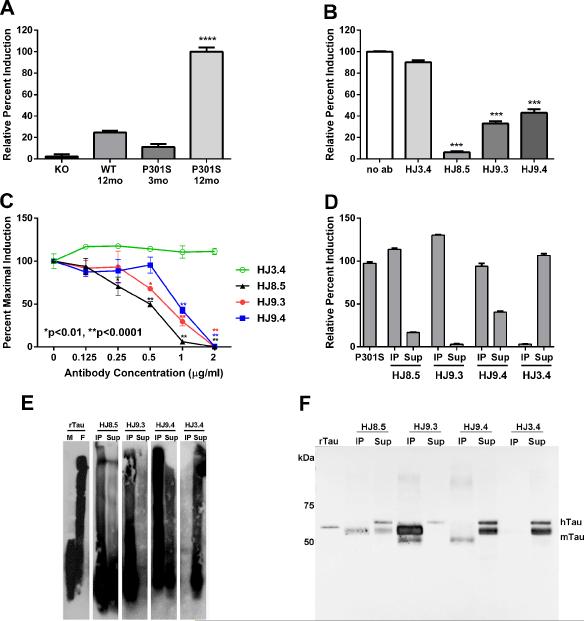Figure 2. Tau-antibodies block the uptake and seeding activity of P301S tau aggregates as detected by a FRET assay.
HEK293 cells expressing RD (ΔK280)-CFP/YFP were exposed to 2.5 μg of total protein of 1xTBS brain lysates for 24 h. Brain lysates collected from 12 mo old P301S mice induced much greater seeding activity (n=5) as compared to lysates from knockout (KO) mice (n=7), wild type (WT) mice (n=6) or young 3-mo old P301S mice (n=2). ****p<0.0001 vs. other groups (B) HEK293 cells were co-transfected with RD (ΔK280)-CFP and RD (ΔK280)-YFP. 18hrs later, pre-incubated P301S brain lysates with or without incubation of anti-tau antibodies (HJ8.5, HJ9.3 and HJ9.4) or control antibody (HJ3.4, anti Aβ antibody) were added to cells. We found all the tau antibodies incubated with P301S brain lysates significantly blocked seeding activity. Statistical significance was determined by one-way ANOVA followed by Dunnett's post hoc test for multiple comparisons by using GraphPad Prism 5.0 software. ***p>0.001 (C) Titration of these antibodies with various concentrations (0.125 μg/ml, 0.25 μg/ml, 0.5 μg/ml, 1 μg/ml and 2 μg/ml) was performed with a fixed amount of P301S brain lysates. 24 hrs later, FRET analysis was performed. Out of all tau-antibodies we used, HJ8.5 was the most potent in blocking the uptake and seeding activity of P301S brain lysates. Statistical significance was determined by two-way ANOVA followed by Bonferroni post hoc test for multiple comparisons. ** p < 0.0001, * p < 0.01, Values represent mean ± SEM. Immunopecipitated (IP) and depleted supernatant (Sup) of P301S brain lysate of all anti tau-antibodies (HJ8.5, HJ9.3, HJ9.4) and control antibody (HJ3.4) was analyzed by tau seeding assay (D), SDD-AGE followed by western blot (E) and SDS-PAGE followed by western blot (F). Monomeric (M) and fibrillized (F) recombinant human tau (rTau) was used as controls for SDD-AGE and monomeric rTau was used for SDS-PAGE as a control. hTau indicates human tau and mTau indicates endogenous mouse tau.

